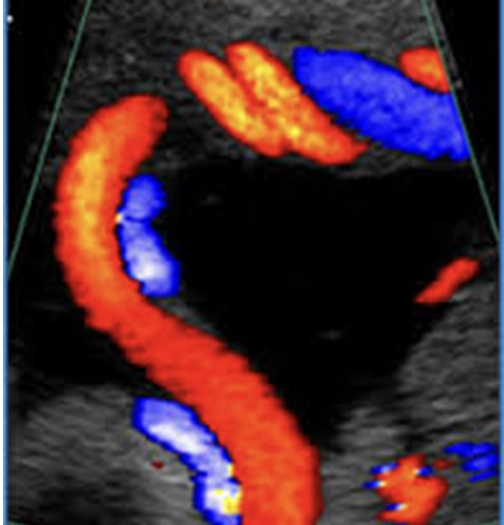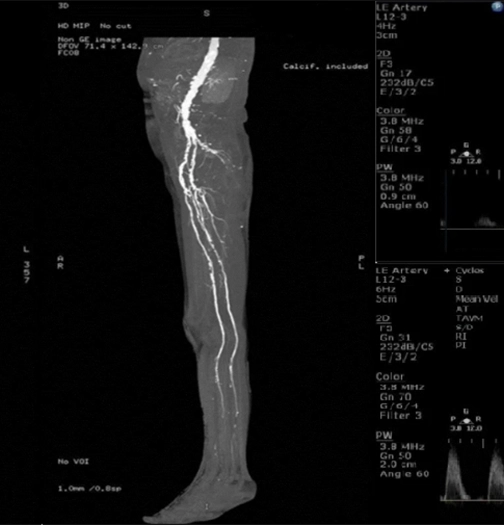DOPPLER STUDIES
Doppler Studies
Sometimes, doctors find a way to use technology that hits all the right notes. It is easy on your body, gives fast results, and doesn’t cause any side effects. That’s just the case with Doppler ultrasound, which gives doctors a way to see what’s going on your body without X-rays or injections.
Instead, it turns sound waves into images. Your doctor can use it to check for issues with blood flow, such as clots in your veins or blockages in your arteries.
It’s one of the main ways to test for deep vein thrombosis (DVT) — a condition where blood clots form in veins deep in your body, usually in your legs. DVT can lead to more serious problems, such as a clot in your lungs which is life-threatening. So it’s important to get tested if you have these symptoms.
Doppler ultrasound is very effective in a lot of cases, but it’s not good at finding clots in your pelvis or the small blood vessels in your calf.
doppler studies procedure
A color Doppler study assesses blood flow using ultrasound. Beforehand, the patient may need to dress up with a gown and remove jewelry. Gel is applied to the skin to aid sound wave transmission. A transducer is then moved over the gel-covered skin, emitting and receiving sound waves. Real-time images appear on a monitor, with blood flow depicted in colors like red (towards the transducer) and blue (away). Technicians analyze these images for flow patterns and abnormalities. Measurements like peak systolic velocity may be taken. Findings are documented in a report. Then, the gel is wiped off, and the patient resumes normal activities. Procedures may vary based on the area examined and individual circumstances.

We have the most advanced GE Voluson Expert series E8 with innovative imaging tools and extraordinary image quality.
Features of Doppler Studies
Our real time 4D technology enables high quality image of fetus with HD flow & zoom technology.
All doppler studies and USG guided FNAC are performed.


FAQ
What is a Doppler test, and how does it contribute to diagnostic procedures at your center?
A Doppler test is a non-invasive procedure that uses sound waves to assess blood flow in the arteries and veins. It helps diagnose conditions such as peripheral artery disease (PAD) or deep vein thrombosis (DVT)
What is the purpose of a kidney Doppler study?
A kidney Doppler study is performed to assess the blood flow from the kidneys. It helps in diagnosing conditions such as renal artery stenosis, evaluating kidney transplant viability, and monitoring renal vascular hypertension.
Are there any preparations required before undergoing a Doppler test?
Typically, there are no special preparations required for a Doppler test. You may be asked to wear loose clothing and avoid using lotions or oils on the area being examined.
How long does a typical Doppler test procedure take, and is it uncomfortable?
The procedure usually takes between 30 to 60 minutes, depending on the area being examined and the complexity of the case. It is generally painless and non-invasive, causing minimal discomfort.
What kind of information or insights can be gained from the results of a Doppler test?
Doppler test results provide valuable information about blood flow velocity, direction, and any potential obstructions or abnormalities in the circulatory system. This helps healthcare providers to accurately diagnose and plan appropriate treatments for vascular conditions.
How can Doppler studies benefit patients recovering from COVID-19?
Doppler studies can benefit patients recovering from COVID-19 by assessing vascular health, monitoring blood flow to organs like the kidneys, detecting pulmonary embolisms, evaluating heart function for myocarditis, monitoring long-term effects and guiding treatment strategies in a non-invasive manner.
What Facilities We Provided

Eye Care Services

Cardiology Services

